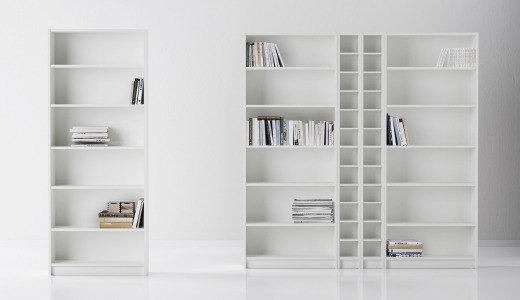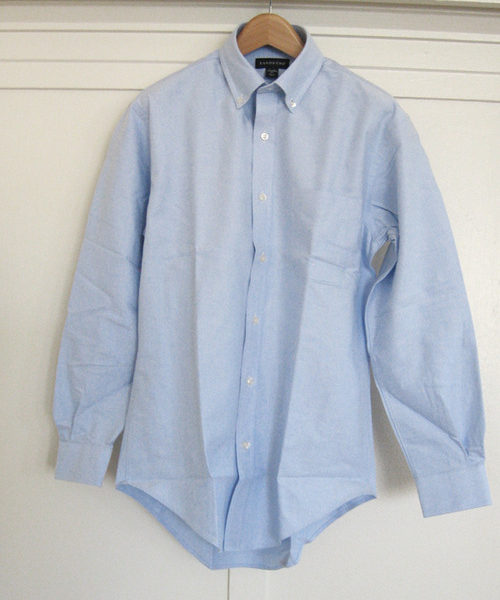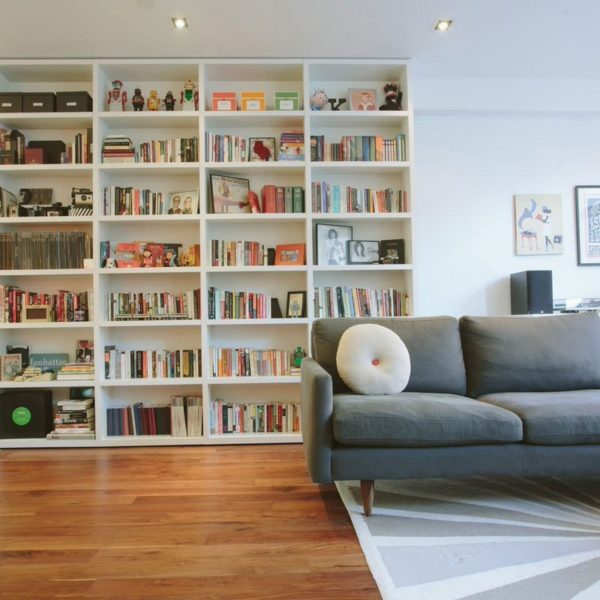
If you’re reading this, you probably own (or at least owned) one of the most common pieces of furniture in the world: Ikea’s “Billy” bookcase. The simple, MDF shelf is maybe the pinnacle of Ikean design: unassuming, dirt cheap to make, packs compactly (easing shipping and storage), and counts on the consumer for assembly (which, as Ikea stuff goes, is pretty easy, too). It’s a towering achievement in Ikea’s aesthetic of, as a recent BBC piece on the history of Billy calls it, the “acceptably good.”
Acceptably Good: Unacceptable
When I first read that piece, I scowled. “Unfortunate that so many of us settle for ‘acceptably good,’” I thought, as I grabbed a snack from the Billy shelf we use to store food in our kitchen. OK, it’s nice that people have a reasonably priced source for anonymous furniture. But it’s the wrong approach to everything: finding the cheapest item that meets a low bar of design and quality. There’s no room for serendipity, for occasional extravagance, for personality.
If we all took that approach to men’s clothing, we’d probably be wearing Uniqlo tshirts or oxfords, department-store Levi’s or J. Crew khakis, and Chucks (or I dunno, Allen Edmonds seconds). Every day. We would all look fine. Acceptably good. Better than bad, but not something to celebrate.
Hacking Your Basic Wardrobe
I was thinking about Billy the wrong way, though. I was thinking of people who buy Billy, bring it home, assemble it (with a friend, on a rug), and fill the shelves with gray, I don’t know, accounting textbooks. But that’s not how people use Billy. People customize the hell out of Billy.
They use it to make cheap built-in shelves. They hack them to fit unusual spaces. They fill entire walls with Billys. Not to mention they put really cool shit on their bookshelves, rendering the anonymous, acceptably good Billy just a frame for storing their lives’ awesomeness where they can see it.
So Billy is less of a metaphor for how we settle for unexciting design in many aspects of our lives, but one for how we can use a framework that’s not inherently exciting to build and tell small stories of ourselves.
Likewise, when you’re building a wardrobe, it’s less important to pack your closet with showpieces or “grails,” than to find stuff that’s easy, comfortable, and not too much of a reach, budget-wise (say, a blue oxford), and then to use it as the background for the truly dope shit you find along the way. If you’re like me, that’s what you aim for most days–wearing some stuff you know and like and are comfortable with and an item or two that stand out. Not settling for acceptably good, but building on it.


